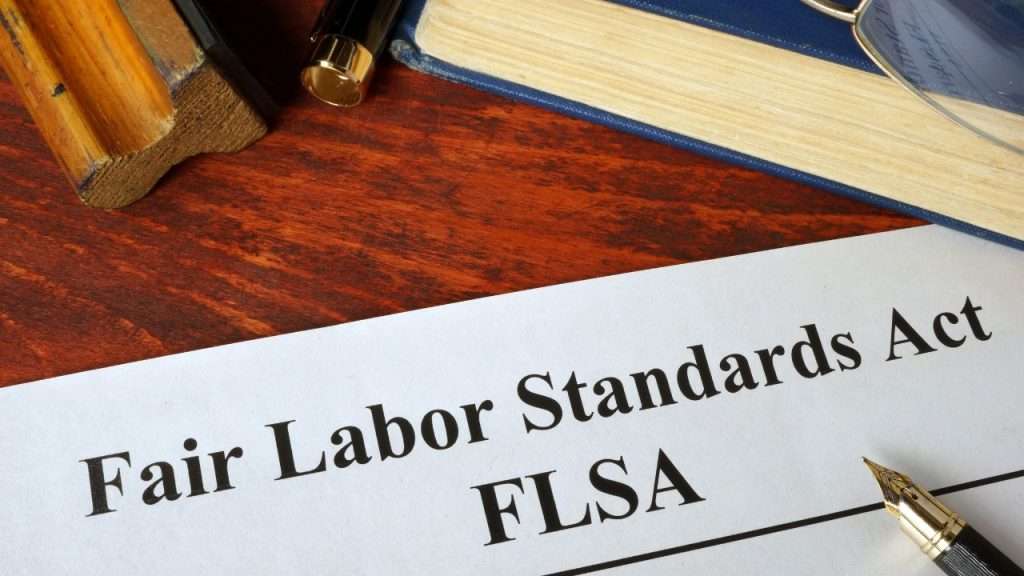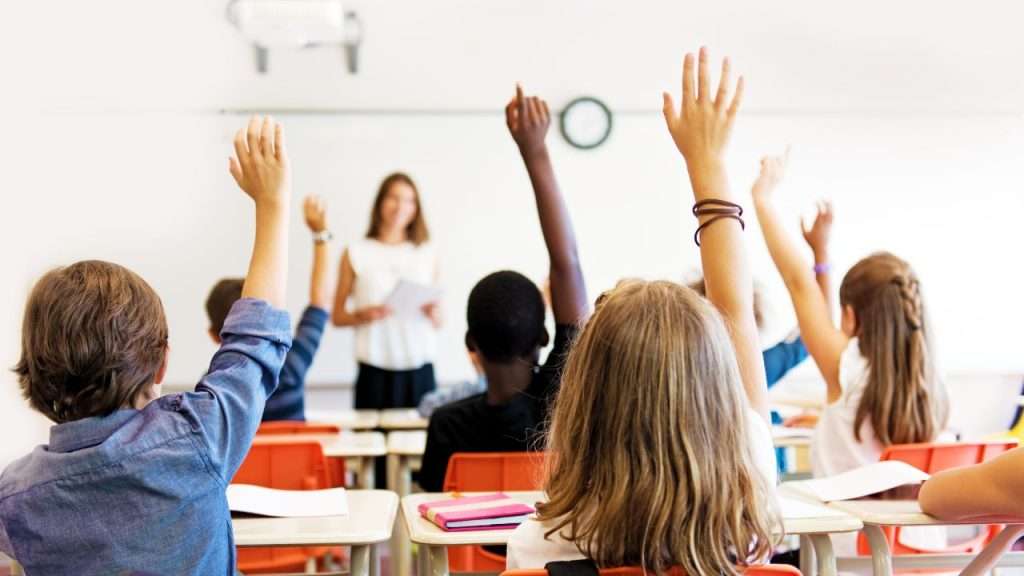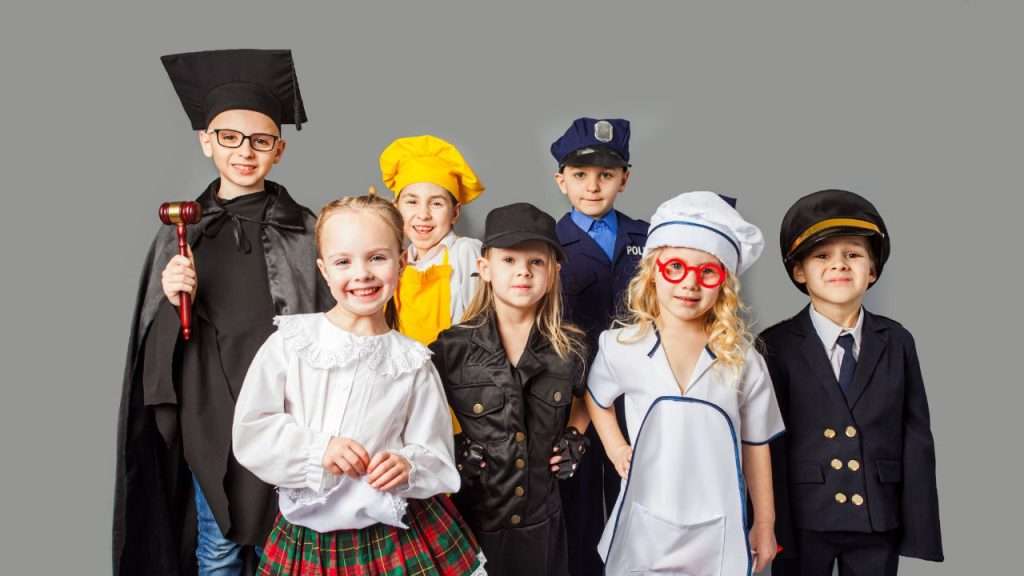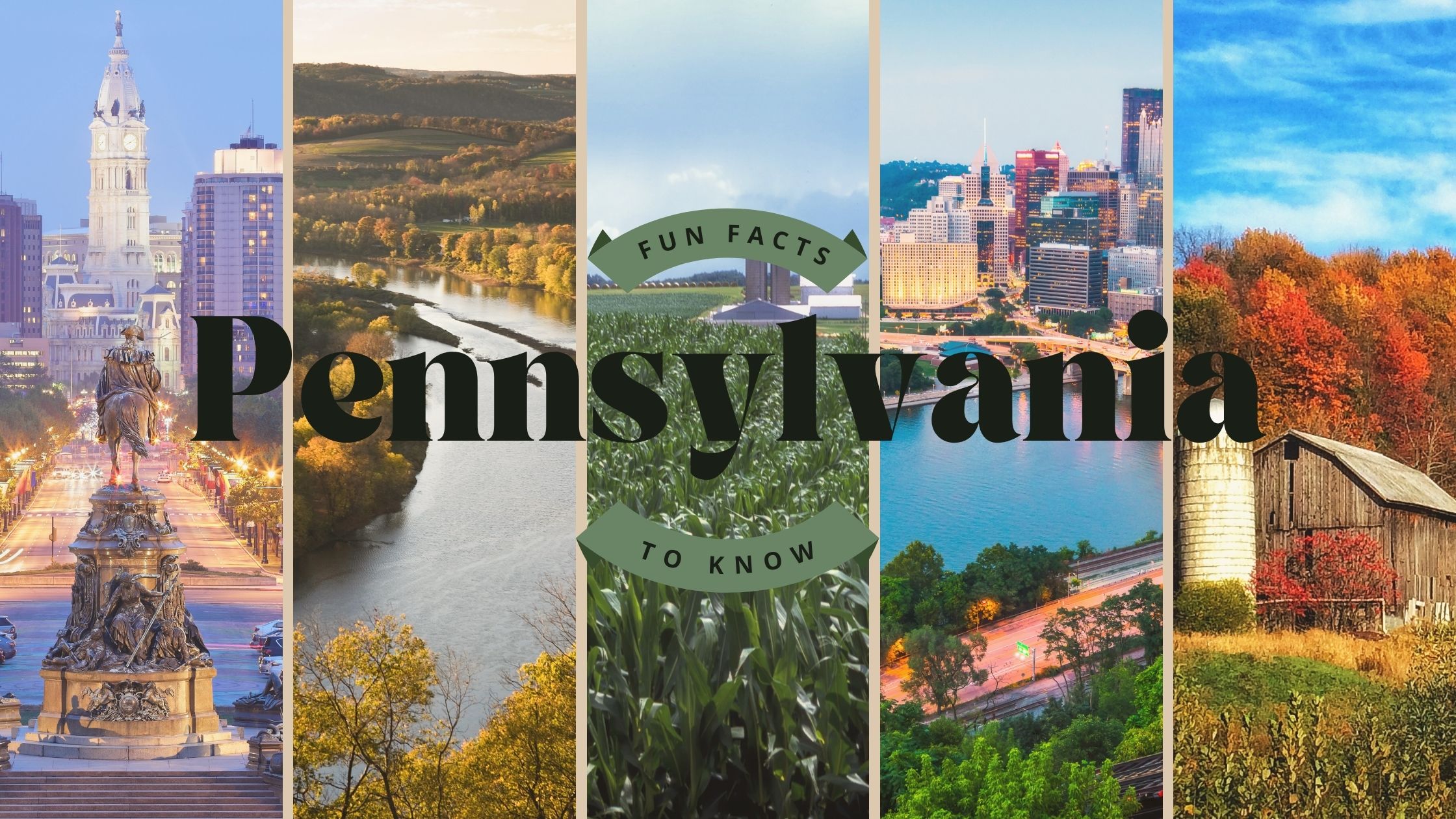Discovering Labor Day for Kids
As the summer fades and the new school year arrives, America celebrates labor day. It is one of the most significant dates on the calendar and affects every child across the country.
If you have ever wondered what labor day is about, these labor day facts are for you. We discuss its history and why it matters for kids. You’ll learn its origins and how the triumph of the labor movement reshaped America. The labor day holiday, is not as mysterious as you might think!
Where Did Labor Day Come From?

Labor Day is celebrated on the first Monday in September.
In 1886, workers in Chicago fought with police during the Haymarket Riot to ask for a shorter work day. Thousands of people descended onto the streets to demand eight-hour shifts and better pay.
Appalling working conditions drove the riots. Nineteenth-century employers forced many children and adults to work 12+ hour shifts on dirty, hot factory floors.
After four days of rioting, a bomb exploded, killing seven police officers and eight civilians. Authorities never identified the person responsible for setting it off.
The Haymarket Riot eventually calmed down but left an imprint on global politics. Socialists in Paris used the event to declare May Day a public holiday supporting workers’ rights. It was novel at the time, but the idea soon spread to the UK, Ireland, and Spain.
Eight years later, in May 1894, workers in Chicago went on strike again, this time at the Pullman Palace Car Company. Railway union members also joined in, refusing to haul Pullman cars to market, crippling rail services.
The disruption was so severe it led to political action. Then-president Grover Cleveland signed a bill into law recognizing Labor Day as a United States federal holiday in 1894. Workers would receive a statutory day off annually to spend with their families and friends.
How Did Labor Day Develop?

Even with official recognition, the early impact of Labor Day was minimal. American workers had one extra day of holiday per year, but working conditions remained dire.
However, the incident did spark a change in attitudes from company bosses. Many began treating their workers better, seeing how improved labor relations could prevent industrial action and boost output.
For instance, Henry Ford doubled daily car worker wages to $5. The famous increase encouraged workers to put in more effort and reduced sabotage. Within a couple of years, profits at his firm doubled, encouraging other companies to follow suit.
Businesses also began reducing the length of the working day. Cutting daily hours to 8 or 9 boosted productivity, and wages remained high even with shorter work weeks.
Working conditions improved further with Franklin D. Roosevelt’s New Deal. The 1938 Fair Labor Standards Act stopped child labor and limited the working week to 40 hours. Employers now had to pay overtime to workers on longer shifts and most employees would get weekends off.
Over time, Labor Day became a national holiday in the true sense. The entire country started taking time off to recognize the effort and achievements of workers. People began to appreciate the sweat and toil involved in creating modern America.
Many communities started organizing parties, festivities, and picnics on Labor Day. Entire streets would come together to enjoy food and play music. Families would bond, and local entertainers would provide distractions for kids.
How Labor Day Is Still Relevant Today
Despite being more than a century old, Labor Day remains relevant to this day. For children, it is the last day of summer (and the summer vacation) and a time to celebrate. Many use the time to go on labor day weekend getaways, enjoy BBQs and shop at back-to-school clearance sales.
Cities across the country still organize marches and festivals to celebrate the occasion. Labor day parades focus on keeping unions strong and protecting workers’ rights against modern issues, like zero-hours contracts.
There is also a focus on diversity. Unions want to represent more people from various backgrounds, increasing unity. People from ethnic minorities are finding a louder voice in many U.S. labor organizations.
Why Labor Day Matters To Kids

For kids, Labor Day is an opportunity to get together with family one last time before returning to school. However, parents and teachers should make them aware that it’s about much more than that. The movement that led to Labor Day is partly responsible for why children go to school and not the workhouse. It led to a series of laws that banned child labor and encouraged more education.
The Role Of History In Shaping The Present
For instance, Labor Day shaped the present in critical ways. Children should understand that many kids in the nineteenth century worked long days in mines or factories. Many toiled in squalid or dangerous conditions that caused health problems.
Work tasks were also much harder than household chores today. Nineteenth-century children had to climb inside dangerous equipment or chip away at ore lodes with heavy picks. Working children would often go home with sores on their hands and soot in their lungs.
Due to the poor working conditions, life expectancy was short. American working men lived to 55 on average, with vast numbers dying in the late 30s and early 40s. People would toil their entire lives without retirement, only stopping work when sick.
As such, Labor Day reminds kids of how the past shapes the present. The struggles of earlier generations are responsible for the comfortable lives children lead today.
Learning The Value Of Work
Labor Day also teaches children the value of work and how it contributes to society. It reveals how the wealth of the nation depends on people waking up early and going to their jobs,
Children don’t have traditional responsibilities like families or careers. Labor Day teaches the importance of going to school, getting an education, and becoming a contributing person.
Inspiring Future Leaders
Finally, Labor Day can inspire future leaders. That’s because it isn’t just a historical event but an ongoing process.
Many children may find the instigators of the labor rights movement motivating and want to join them. Celebrating Labor Day can be a catalyst to encourage more kids to think about working people and generate change.
So, What Have We Learned?

In summary, Labor Day is more than a break for kids to relax and recharge. Labor Day has a rich history that gives kids a new perspective on the world. Children who understand the context can learn how the holiday shapes their lives and why it matters for their future. To learn more check out our free lesson plans and YouTube videos!







